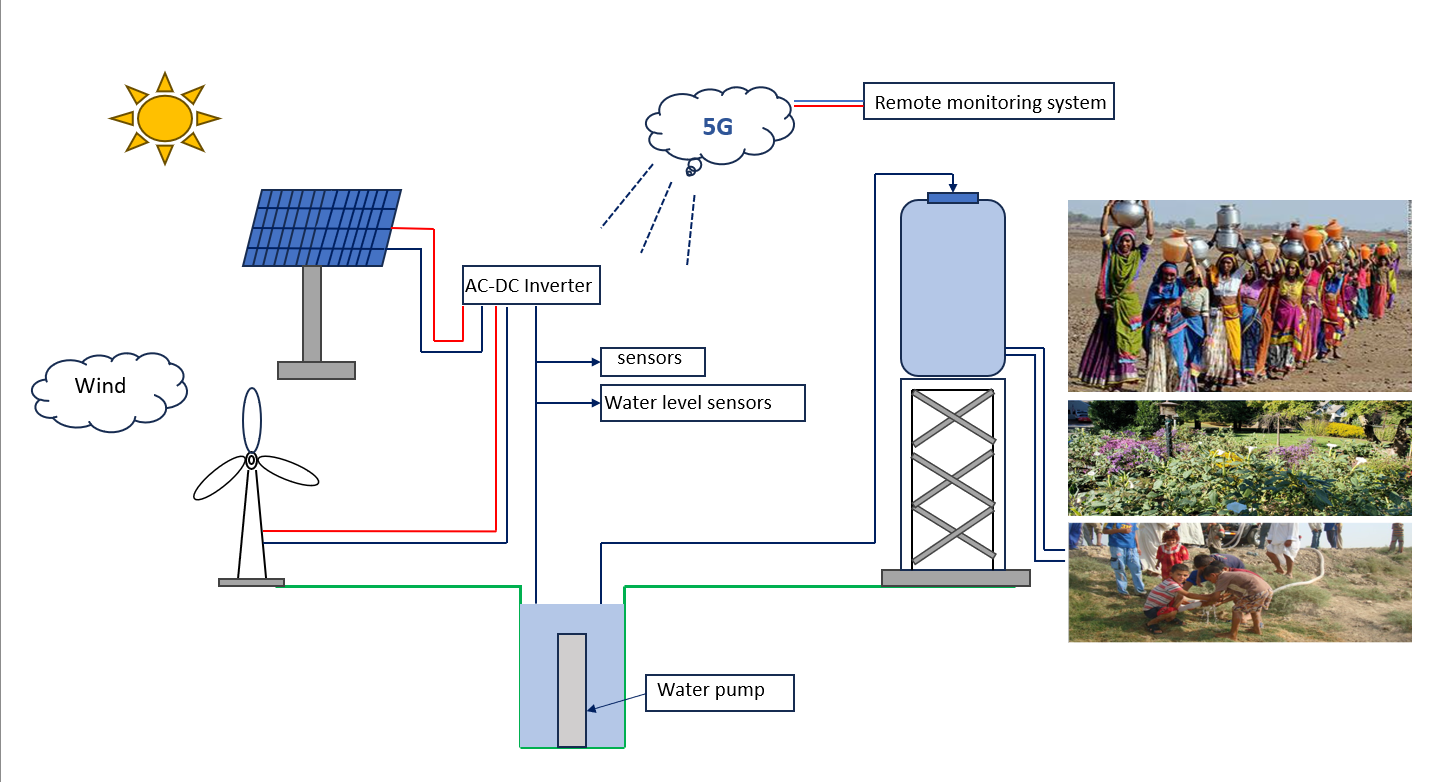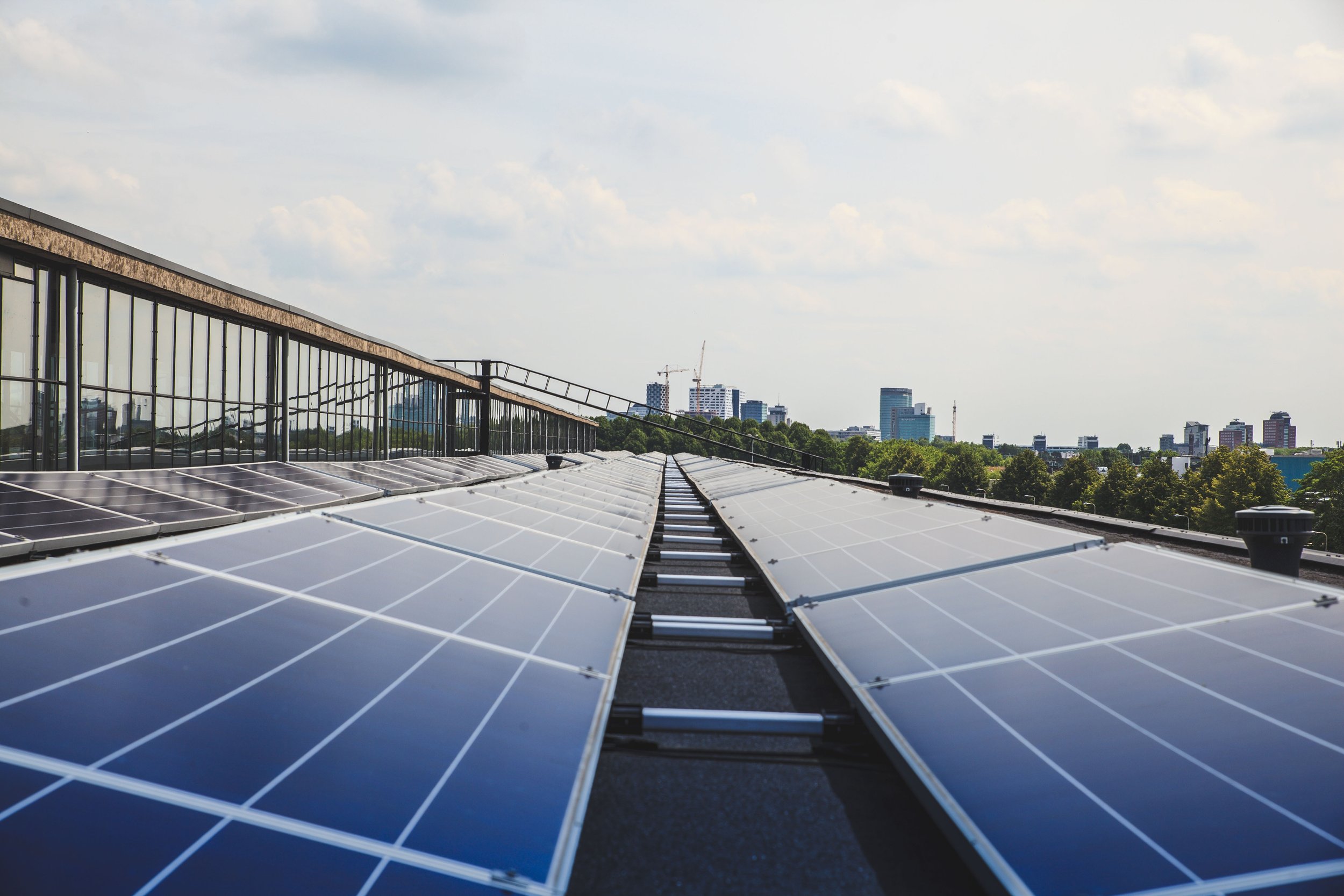
Sustainable Lifecycle Practices
Environmental Overview:
Food & Water Security = Agricultural production continuity when farming livestock and crops
Health & Productivity = Stabilization to Continue Recovery Efforts after pumps are implemented.
Ecosystems = Green Infrastructure Practices for biodiversity and groundwater recharge.
Water Scarcity and Access = Mobility and ability to pump water in inaccessible areas.
Infrastructure = Urban and Smart Cities have instant water capabilities when existing infrastructure fails or is compromised.
Security = Safe Living Conditions.
How could a successful waste management approach for solar-powered water pump system look like?
We are considering all functions of our systems, including smart tech, on how to support circular economic efforts.
Where do solar panels go in their afterlife?
Solar Panels have a 20-30 year life cycle. End of Life solar panel waste, according to the US EPA: Solar Panel Recycling | US EPA
PV VS Diesel
A successful PV installation will provide power for more than 20 years with no fuel costs and little maintenance.
When compared to diesel generation in particular, PV is a cost-competitive option, especially in the developing world where electricity and diesel prices are often high, and access for fuel and parts is limited.
Fewer working parts in solar driven water pumps = less maintenance, and end of life disposal needs.
And…they’re quiet. Reduces Noise Pollution.
Sustainability Considerations for our Systems:
Lifecycle Assessment:
Identify all components of the system that will become waste at the end of their design life.
Recycling Strategies:
Establish a strategy to collect waste.
Partnership with Recycling Facilities:
Especially batteries and other electronic components are potentially hazardous.
Establishing a partnership with regional recycling facilities could be a gamechanger.
Circular Economy:
Use environmentally friendly materials.
Recycle and reuse of materials. Life-time extension.






